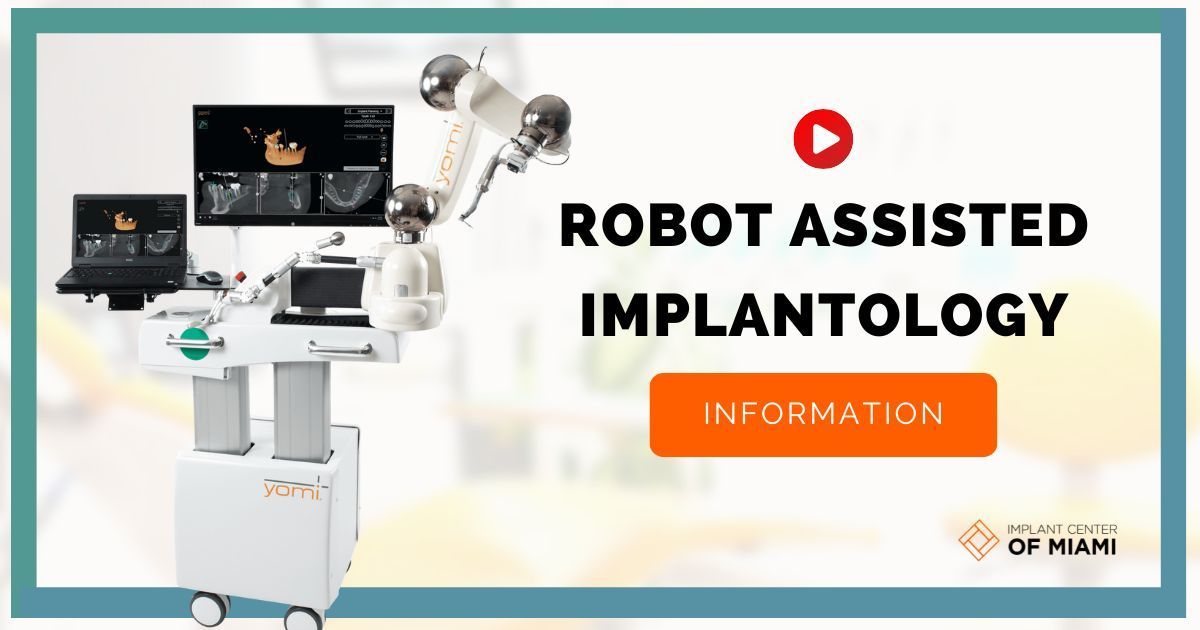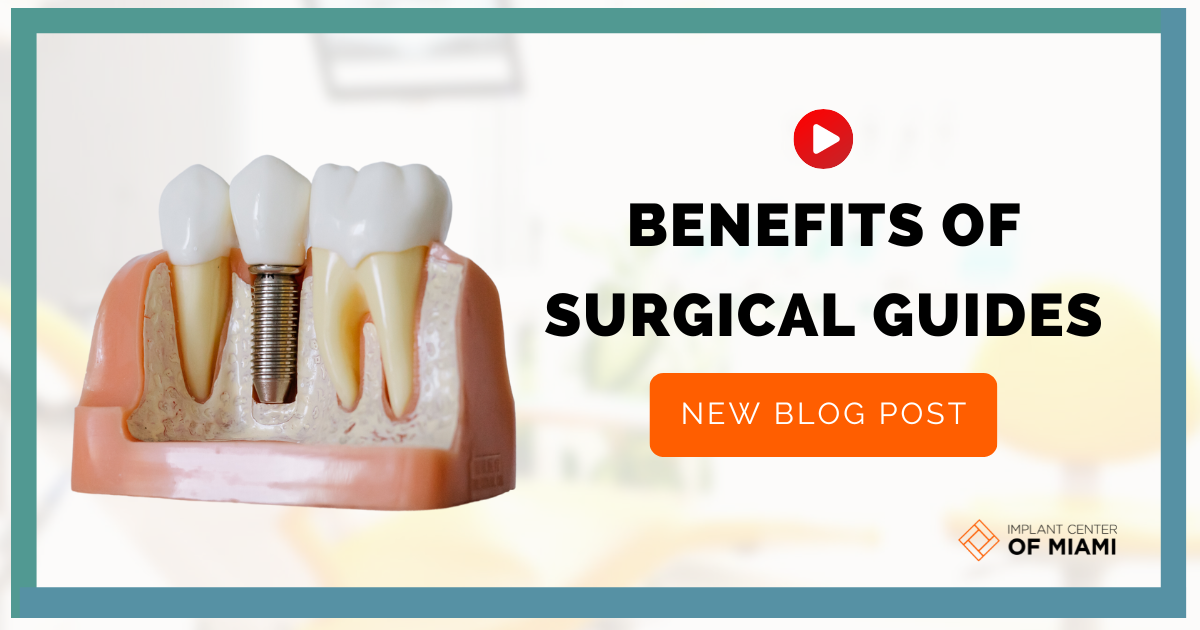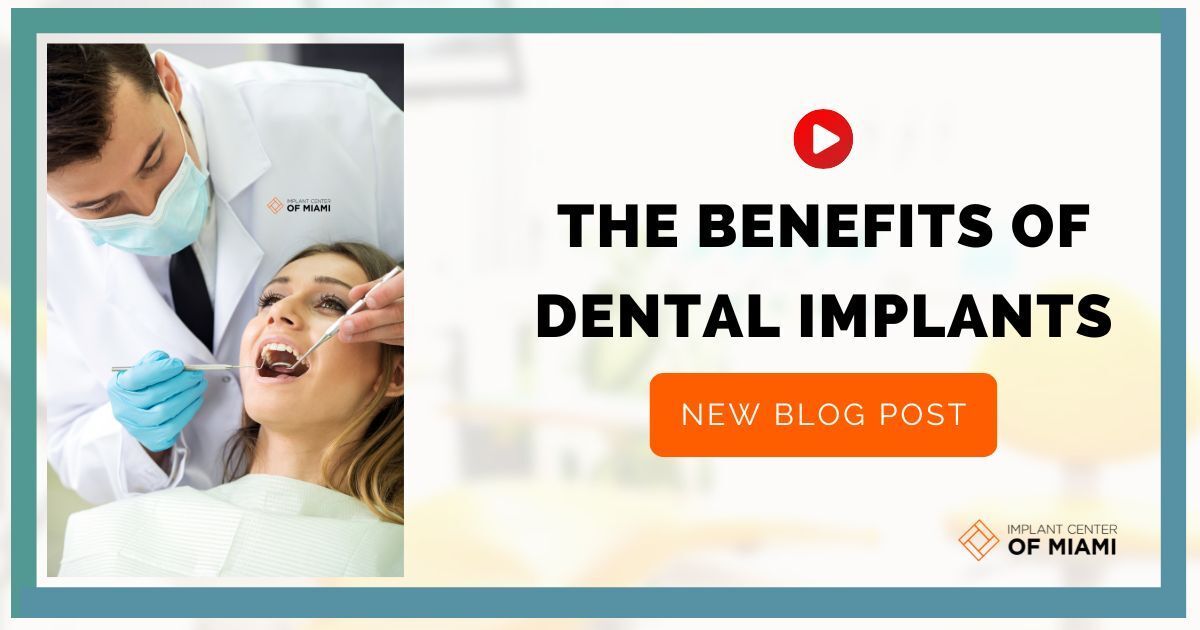Understanding The Process and Consequences of Decay Under Dental Fillings in Miami
In the sunny, vibrant city of Miami, a less glamorous but equally significant issue takes center stage — the decay lurking under dental fillings. A hidden menace, this condition sneaks undetected beneath the polished surface of restorative dentistry, gradually causing harm to oral health. While Miami pulsates with energy, teeming with life and vibrancy, inside its inhabitants' mouths, a silent battle is waged against the intrusive decay beneath fillings, a stark contrast to the city's vivacity.
Request an Appointment
The Growing Issue of Decay Under Dental Fillings in Miami
In Miami, there's a rising problem of decay under dental fillings. Poor dental hygiene and lack of regular checkups can lead to this issue. More education and awareness about this hidden dental problem, along with increased access to dental services, could slow this alarming trend.
Understanding the Causes of Dental Decay Under Fillings
Understanding the causes of dental decay under fillings is crucial for dental health. Decay can occur due to reasons like poor dental hygiene, improper filling procedure or leakage, and continuous intake of sugary foods. Regular check-ups can prevent such occurrences, ensuring the longevity of fillings and overall dental health.
Long-term Implications of Ignoring Decay Under Fillings
Ignoring decay under fillings can lead to serious long-term implications. Neglecting it can cause the decay to spread, leading to severe toothache, infection, and even tooth loss. Moreover, it can lead to costly treatments, and in worst cases, it can affect your overall health.
The Incidence Rate of Tooth Decay Under Filling in Miami
In Miami, the incidence rate of tooth decay under filling is significant, attributable to factors like inadequate dental hygiene, poor nutrition, and lack of regular check-ups. It underscores an urgent need for enhanced oral healthcare and public awareness.
A Look at Statistics: Decay Under Fillings in Miami's Population
In Miami, statistics show a significant rise in dental decay under fillings among the population. Environmental factors and lifestyle choices contribute to this trend. Local dental professionals have raised the alarm, advocating for increased oral health awareness and prevention measures.
Methods to Detect Decay Under Dental Fillings
Dentists use various methods to detect decay under dental fillings. X-rays are commonly used, providing images that highlight decay. Newer methods include laser fluorescence, which detects changes in tooth structure. Other tools include optical scanners and electric current measuring devices.
Common Reasons for Decay Under Filled Teeth in Miami
In Miami, common reasons for decay under filled teeth include poor oral hygiene, irregular dental checkups, and a high-sugar diet. Consumption of acidic food/drinks can also erode dental fillings, leading to cavities. It's vital to maintain good dental care habits.
Prevention Measures to Avoid Decay Under Fillings
Prevention of decay under fillings can be achieved through regular oral care. Brush teeth twice daily, use dental floss, avoid excessive sugary foods/drinks, and schedule dental check-ups every six months. Regular professional cleaning can detect early signs of decay.
How Climate and Lifestyle can Influence Decay Under Fillings in Miami
In Miami, the humid climate fosters faster decay under dental fillings due to increased bacterial growth. The common lifestyle of rich sugary diets and irregular dental care may exacerbate decay by promoting plaque build-up. Thus, climate and lifestyle directly impact oral health.
Correlation Between High-Sugar Diet and Decay Under Fillings
A high-sugar diet can contribute to tooth decay, even under dental fillings. Sugar promotes bacterial growth and acid production, which can erode enamel and seep under fillings, causing decay. Proper oral hygiene and a balanced diet help mitigate risks.
The Role of Dentists in Preventing Decay Under Fillings
Dentists play a pivotal role in preventing decay under fillings. They ensure optimal filling fitting and maintain regular check-ups to identify and rectify any early signs of decay. They counsel patients on effective oral hygiene practices, further preventing decay.
Utilizing Dental Technology to Treat Decay Under Fillings in Miami
In Miami, dental practitioners utilize advanced technology to detect and treat decay under fillings. Techniques such as digital x-rays and laser dentistry allow thorough examination and precise treatment of cavities hidden under existing fillings, ensuring optimal oral health.
Case Studies: Patients with Decay Under Fillings in Miami
In Miami, several case studies highlight patients suffering from decay under fillings, a common dental issue. These instances emphasize the importance of regular dental check-ups, enabling early detection and proper treatment. Often, poor dental hygiene, quality of previous treatments, and time are contributing factors to such deteriorations.
Is Miami’s Drinking Water Playing a Role in Decay under Fillings?
There are concerns that Miami's drinking water, which contains added fluoride for dental health, may be contributing to decay under fillings. This is due to potential reactions between fluoride and certain filling materials, causing corrosion. Further research is needed to confirm this link.
Are Miami's Dentist Practice Protocols Causing Decay Under Fillings?
Concerns have been raised over Miami's dentist practice protocols, with critics claiming they contribute to decay under fillings. Allegedly, inadequate filling procedures and insufficient follow-up care may underlie this issue.
The Socioeconomic Impact of Decay Under Fillings in Miami
Cavity decay beneath fillings in Miami has wide-reaching socioeconomic implications. Predominantly, it increases overall healthcare costs, straining public health resources. Additionally, it can lead to indirect financial loss through impaired productivity due to oral health illnesses. Underserved communities are typically hardest hit, exacerbating inequalities.
The Psychological Effects of Living with Decay Under Fillings
Living with decay under dental fillings can lead to psychological distress, such as anxiety and self-consciousness. Fear of intensified tooth pain might lead to avoidance of dental treatments. This worrying situation can also lower self-esteem if one becomes overly concerned about oral health and appearance.
How Miami Dental Schools Are Educating Students about Decay Under Fillings
Miami dental schools are revolutionizing their curriculums to equip students with in-depth knowledge about decay under fillings. Students learn to identify, diagnose, and treat dental decay under fillings, using modern detection techniques and tools. Lessons emphasize prevention strategies and patient education, to lessen the prevalence of this common dental issue.
Legislation and Policies Surrounding Decay under Filling in Miami's Dental Practices
In Miami, dental practices follow legislation and policies on decay under fillings. These rules emphasize proper diagnosis, use of suitable filling materials, and follow-up care. Any breach in standards may lead to legal action. These policies are crucial in ensuring high-quality dental care and protecting patients' oral health.
The Future of Treating Decay Under Fillings: Innovative Approaches in Miami.
In Miami, an innovative approach towards treating decay under fillings suggests a promising future. Revolutionary techniques like air abrasion, laser dentistry, and biomimetic dentistry allow targeted removal of decay, minimizing damage to healthy tissue. The adoption of such modern techniques ensures not just a painless experience, but also quicker recovery and lasting fillings.
Sealing the Gap: Final Reflections on Overcoming Decay Under Fillings in Miami
In Miami, overcoming decay under fillings—known as secondary decay—remains a crucial dental issue. This recognizes the importance of early detection and expert intervention. Innovative dental practices in sealing gaps under the decayed fillings signify an effective approach in preventing further decay and eventual tooth loss.
Frequently Asked Questions
Dental Financing Options
Checking your options will not impact your credit score!
Apply Online in 30 Seconds
Fund Your Account
Start Your Treatment
Read Our Blog


Office Locations
Contact Us
For more information or to schedule an appointment, call us at 786-713-9290 or complete the form.
What Happens After I Send My Message?
Implant Center of Miami: Website Message
Locations Information
Our Services
Quick Links
Office Hours
- Mon - Fri
- -
- Sat - Sun
- Closed



